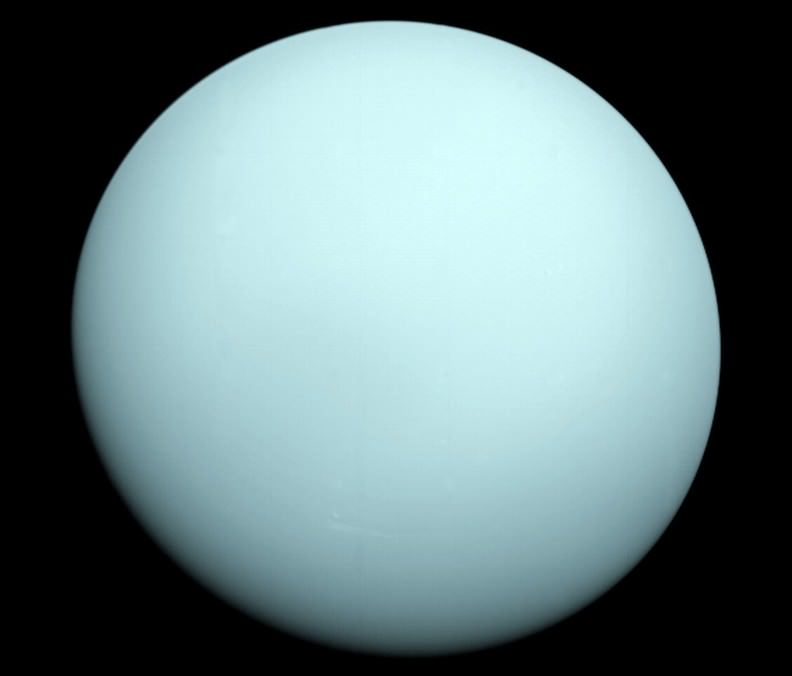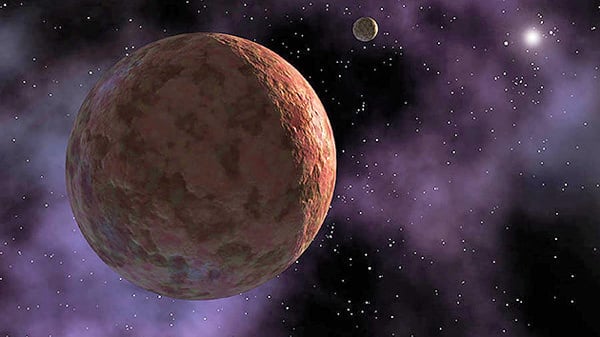
Within the Kuiper Belt lies the possible dwarf planet 2007 OR10, one of many objects that has forced astronomers to rethink the way they classify planets
Continue reading

The gas giant Uranus is the third largest planet in our Solar System, has many moons, a ring system, and composed of gases and ices.
Continue reading

Quaoar, a dwarf planet that orbits within the Kuiper Belt, was discovered in 2002 by astronomers from Caltech. Like the discovery of Eris, its existence has added to the classification debate.
Continue reading

Jupiter is the 5th planet in the Solar System, and the largest by far, easily visible in the night sky without a telescope.
Continue reading

 Universe Today
Universe Today













































